Name Ahmad al-Tijani | Died 1815, Fes, Morocco | |
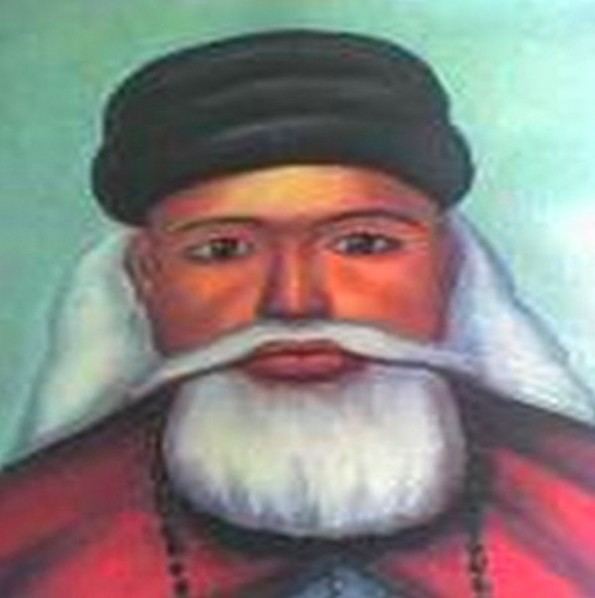 | ||
Parents Muhammad ibn Al Mukhtar Al Tijani, 'Aisha bint Muhammad bin ALsanusi | ||
Ahmad al tijani
Abu al-ʿAbbâs Ahmad ibn Muhammad at-Tijânî or Ahmed Tijani (1735–1815), in Arabic سيدي أحمد التجاني (Sidi Ahmed Tijani), is the founder of the Tijaniyya Sufi order. He was born into a Berber family in Aïn Madhi in Algeria, and died in Fez, Morocco, at the age of 80.
Contents
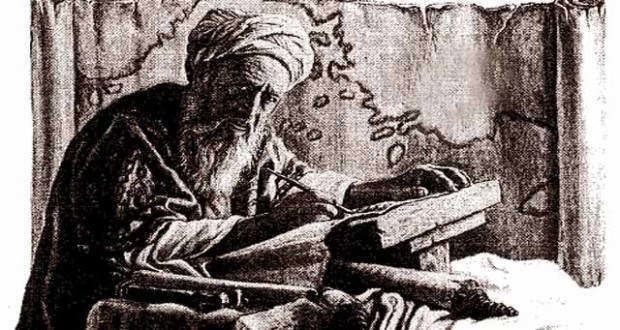
The friends of allah shaykh ahmad al tijani
Life

Tijani was born in 1735 in Ain Madi, the son of Muhammad al-Mukhtar. He traced his descent to a Berber Tribe, Tijania. When he was sixteen, Tijani lost both parents as a result of a plague. By then he was already married. He learned Quran under the tutelage of Mohammed Ba'afiyya in Ain Madi and also studied Khalil ibn Ishaq al-Jundi's Islamic jusrispudence works that were written under Malikite rites. He also studied Abū al-Qāsim al-Qushayrī's Risala ila al-sufiyya. In 1757, Tijani left his village for Fez. While there, he joined three Sufi brotherhoods, the Qadiriyya, the Nasiriyya, and the tariqa of Ahmad al-Habib b. Muhammed. In Fez, he met a seer who told him he would achieve spiritual revelation (fath). Thereafter, he left Fez to teach at al-Abiad, spending five years at the village. In 1772, he began a journey to Mecca for hajj and to seek a Sufi way of life. During his journey, he was initiated into the Khalwati order at Azwawi. He later taught for a year at Tunis where he achieved some success. He left Tunis for Egypt where he met Mahmud al-Kurdi of the Khalwati order in Cairo. Tijani reached Mecca in late 1773 and performed hajj rites. In his quest to seek a Sufi way of life, he met Sheikh Ahmad Abdullah El Hindi, who rarely saw people except for his servant. He also met Abd-karim al-Sammman, founder of the Sammaniyya branch of Khalwati. Al-Samman told Tijani he will become a dominant qutb (pole) or scholar within the Sufi orders in the region. Tijani left Mecca and returned to Cairo where he got al-Kurdi's blessing to preach the Khalwatiyya order. From Cairo he settled at Tlemcen for a couple of years.
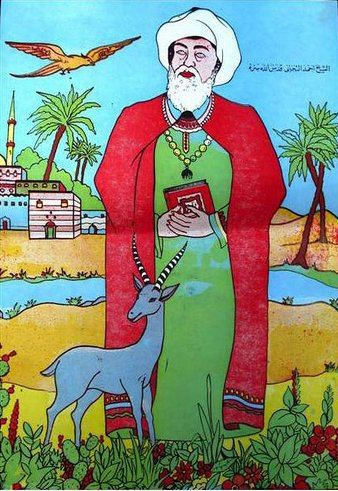
Tijani later settled at Sidi Abi Samghun, an oasis seventy five miles south of El Bayadh. It was at Samghun that Tijani received a vision from the prophet who told him to start a new Sufi order. He left his previous affiliations with other Sufi orders and claimed divine instructions from prophet Mohammed. Tijani's order soon gained attraction in the desert regions surrounding Abi Samghun. Shaykh Tijani lived in Abi Samghun for about fifteen years. In 1796 he went to Fez, marking the real beginning of his Tariqa.
Fez
In Fez, Tijani was well received by Mawlay Sulayman, the Moroccan Sultan. Though Sulayman disliked other Sufi orders, he provided Tijani a house and appointed him as a member of his learned council. At first, Tijani chose the mosque of Mawlay Idris to pray but performed the rites of the Tijani order in his house. Tijani later built his own zawiya. In Fez, he sent his trusted aides to spread the word of his order. Trusted aides such as Abu Hafs' Abdul-Rahman was sent to Oran and Algiers and Abdul-Salam al-Waghiri to Constantine, Algeria. Further muqaddams were appointed among learned converts including Muhammad Fuwadir al-Abdallawi in the Jarid district of Tunisia and Muhammed al-Hafiz in Mauritania.
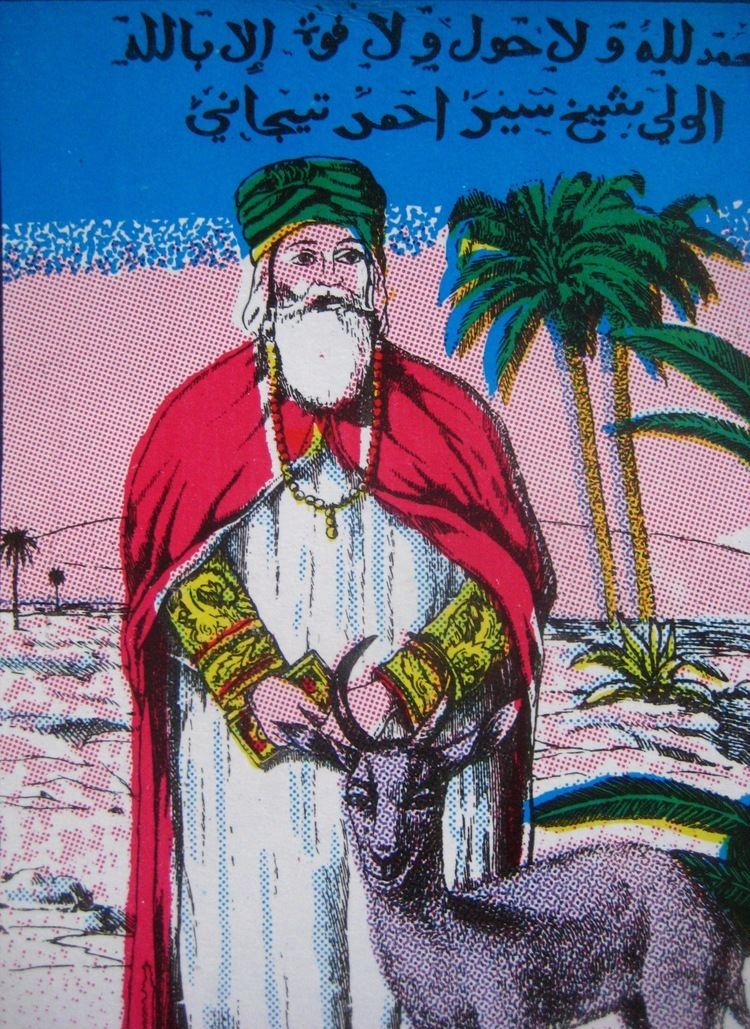
Tijani assigned to himself the title of Qutb al-Aqtab (or the Pole of the Poles) and Khatm al-Walayya al-Muhammadiyya (or the Seal of Muhammadan Sainthood).
Seal of sainthood
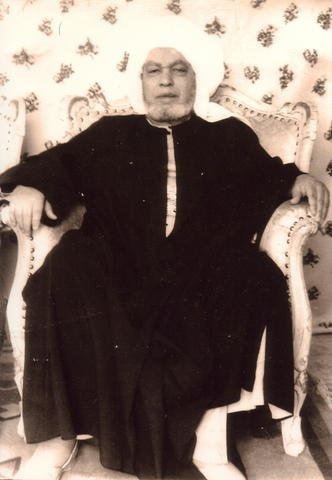
He is quoted as saying
The bounties that flow from the Prophet (peace and blessing be upon him) are received by the natures of the prophets, and everything that flows and emerges from the natures of the Prophets is received by my own nature, and from me it is distributed to all creatures from the origin of the world until the blowing on the trumpet... No saint drinks or provides water to drink, except from our ocean, from the origin of the world until the blowing on the trumpet... 'The spirit of the Prophet and my spirit are like this' – pointing with his two fingers, the index finger and the middle finger. 'His spirit supports the Messengers and the Prophets and my spirit supports the poles, the sages, the saints, from pre-existence to eternity (mina al-azal ila abad)... These two feet of mine are upon the neck of every saint of Allah, from the time of Adam until the blowing of the trumpet... 'Our station in the Presence of Allah in the Hereafter will not be attained by any of the saints, and it will not be approached by anyone, whether his importance is great or small. Of all the saints among from the very beginning of creation until the blowing on the trumpet, there is not one who will attain to my station.
